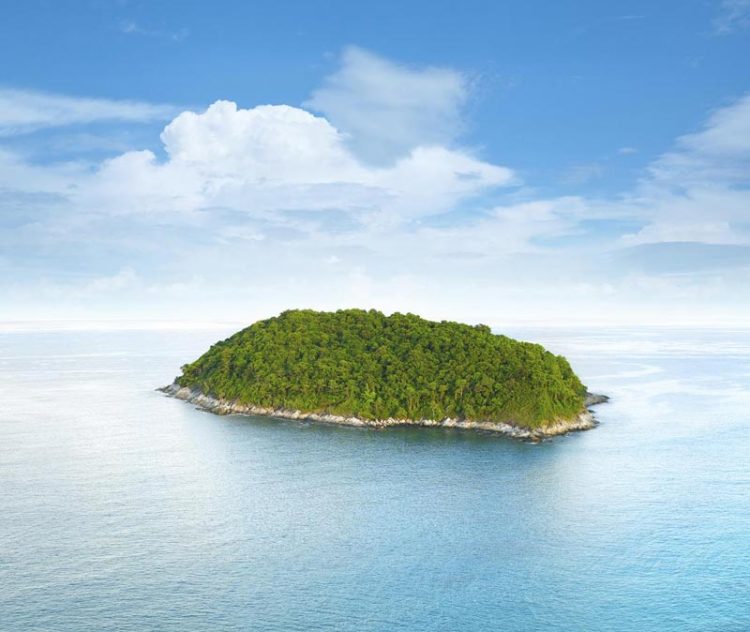New perspectives on how ecological communities are assembled

What do you get when you combine a professor who literally wrote the book on community ecology and another who has more than 40 years experience as a leader in the field of evolutionary biology? You get a new way to look at how organisms of all sorts interact and evolve to form ecological communities. Courtesy of MSU
You get a new way to look at how organisms of all sorts interact and evolve to form ecological communities. Two Michigan State University professors published their results in the current issue of Trends in Ecology and Evolution, and together they have come up with a new way to think about how evolution and ecology interact in community assembly.
The MSU team is suggesting that a stronger focus should be placed on how species that evolved in in isolation eventually move across the landscape and can coexist in the same region, and the feedbacks between local and regional processes. Only then, they argue, can we fully understand community development and the importance of dynamic species pools.
“We are attempting to expand the thinking on this long-standing question in ecology,” said Gary Mittelbach, MSU ecologist and author of the textbook “Community Ecology.” “Community is a term that every ecologist uses to describe species found together in space and time, but everyone visualizes how these species got there and how they persist in a different way. Some species thrive in some areas but can't survive in others. Where do you draw the line?”
The line Mittelbach and Douglas Schemske, MSU plant biologist, have drawn is a bigger one, spanning eons rather than decades. The pair decided to step back, reflect on their combined 80 years of scientific experience, and expand the study of community assembly to include regional, rather than local, influences, as well as stretch the shorter time spans traditionally used by ecologists.
“When we talk speciation, we're talking hundreds of thousands, sometimes millions, of years,” Schemske said. “Existing theories of ecology, however, may be viewing things and trying to explain things on vastly different, shorter time scales.”
For example, one explanation for how plants and animals live and thrive in a specific place is based on the theory of island biogeography. Since most islands or island-like systems, such as lakes, are geologically young and isolated, observing their colonization and the development of their fauna and flora gives scientists a model to understand the assembly of communities.
A classic example is the volcanic island of Krakatoa in the Pacific, which exploded in 1883 and was wiped clean of life. As the island cooled and was recolonized with organisms from the mainland, scientists were able to observe firsthand how communities of plants and animals reassembled. On Krakatoa, there has been essentially no evolution of new species.
However, in other island systems, new species have evolved in place to become part of the community, such as Darwin's finches on the Galapagos or cichlids fishes in Lake Victoria in Africa. While the interplay between ecology and evolution in community assembly in these island-like systems has been well-studied, little research has been conducted on continental communities.
“The study of islands has shown how communities may assemble through a combination of colonization, natural selection and evolution,” Mittelbach said. “But, how good is this model for the assembly of communities on continental scales and across millions of years? We're looking at these processes through the combined lenses of ecology and evolution to see if we can untangle what it all means.”
Their ideas have implications for other long-standing questions, such as why tropical regions have higher biodiversity than temperate and polar regions. For example, there are approximately 640 species of trees in North America. However, there are more than 700 varieties of fig trees alone, growing in equatorial regions.
“How is it possible that there are more varieties of fig trees than all the trees in North America?” Schemske asked. “We're not claiming that we can solve this, but that's one of the big questions we're hoping to answer or inspire other scientists to undertake and answer.”
###
Mittelbach's and Schemske's current research on this topic is being funded by the National Science Foundation.
Michigan State University has been working to advance the common good in uncommon ways for more than 150 years. One of the top research universities in the world, MSU focuses its vast resources on creating solutions to some of the world's most pressing challenges, while providing life-changing opportunities to a diverse and inclusive academic community through more than 200 programs of study in 17 degree-granting colleges.
For MSU news on the Web, go to MSUToday. Follow MSU News on Twitter at twitter.com/MSUnews.
Media Contact
All latest news from the category: Life Sciences and Chemistry
Articles and reports from the Life Sciences and chemistry area deal with applied and basic research into modern biology, chemistry and human medicine.
Valuable information can be found on a range of life sciences fields including bacteriology, biochemistry, bionics, bioinformatics, biophysics, biotechnology, genetics, geobotany, human biology, marine biology, microbiology, molecular biology, cellular biology, zoology, bioinorganic chemistry, microchemistry and environmental chemistry.
Newest articles

Properties of new materials for microchips
… can now be measured well. Reseachers of Delft University of Technology demonstrated measuring performance properties of ultrathin silicon membranes. Making ever smaller and more powerful chips requires new ultrathin…

Floating solar’s potential
… to support sustainable development by addressing climate, water, and energy goals holistically. A new study published this week in Nature Energy raises the potential for floating solar photovoltaics (FPV)…

Skyrmions move at record speeds
… a step towards the computing of the future. An international research team led by scientists from the CNRS1 has discovered that the magnetic nanobubbles2 known as skyrmions can be…





















